latest
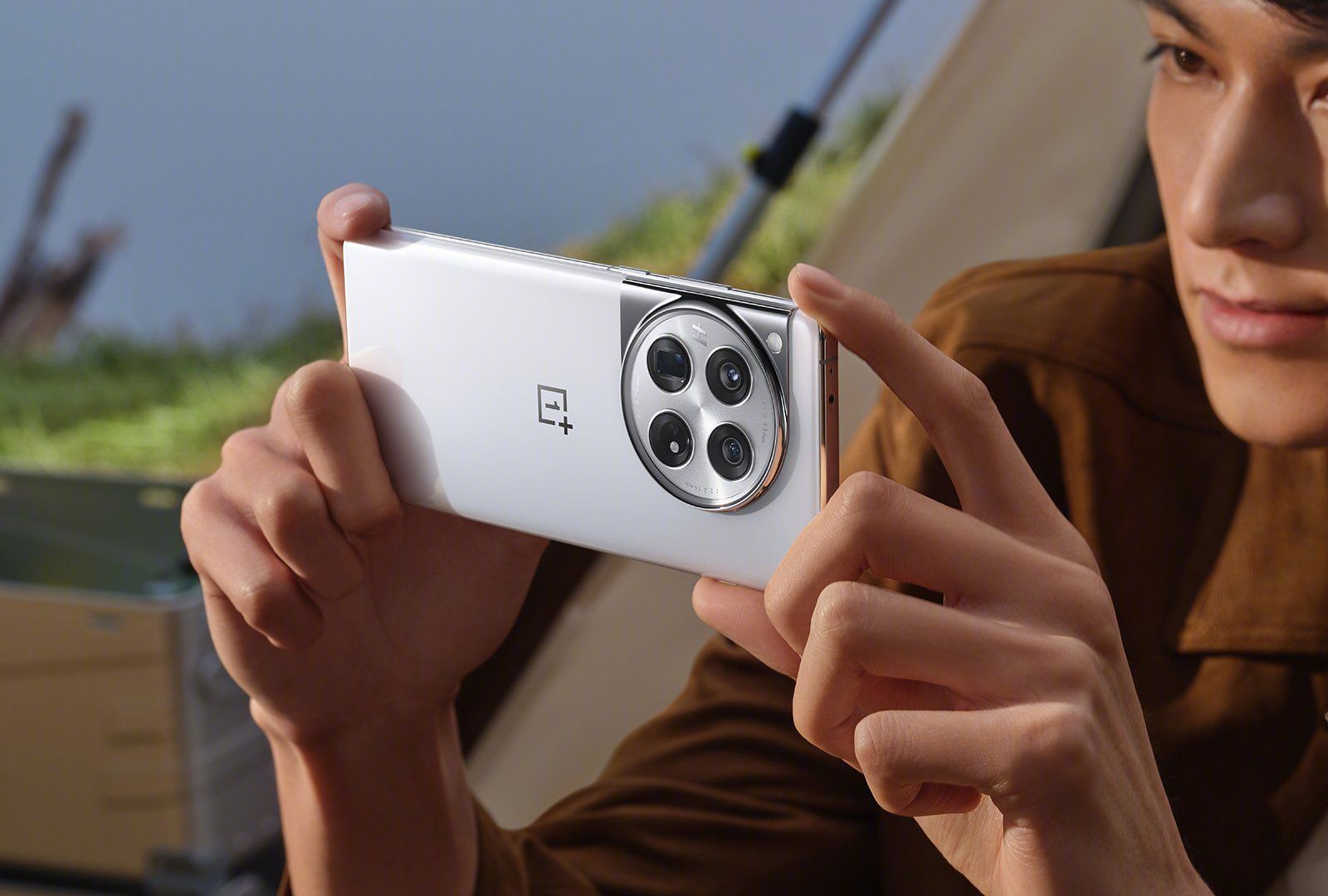
OnePlus claims its new display is 80% brighter than any phone on the market
The OnePlus 12's peak brightness supposedly clocks in at 4,500 nits
The sun is bright. So bright, in fact, that at 93 million miles away, we can look at it from Earth and still be blinded by it without proper eyewear. Smartphone displays are not brighter than the sun. We can all agree on these basic facts, but OnePlus is trying to change that last note with the upcoming OnePlus 12. Back in October, we reported on a leak that said the phone was rumored to feature a BOE X1 OLED display with a peak brightness of over 2,600 nits, which would have made it the brightest smartphone screen ever. OnePlus just confirmed its actual brightness, and it’s a much higher number than 2,600.
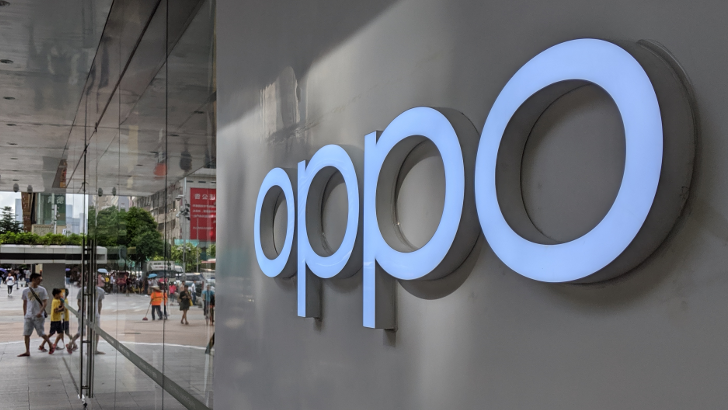
Oppo boasts 120Hz 'flagship display' likely to appear on Find X2 (Updated)
It's got some other big numbers, too
Read update
One of the most sensational smartphones to come out of 2018 is supposedly getting a sequel this year. In December, Oppo announced its plans to launch the Find X2 this year with the Snapdragon 865, a Sony all-pixel PDAF camera, and a pretty good display. How good of a display? A company executive has tweeted out some prime details.
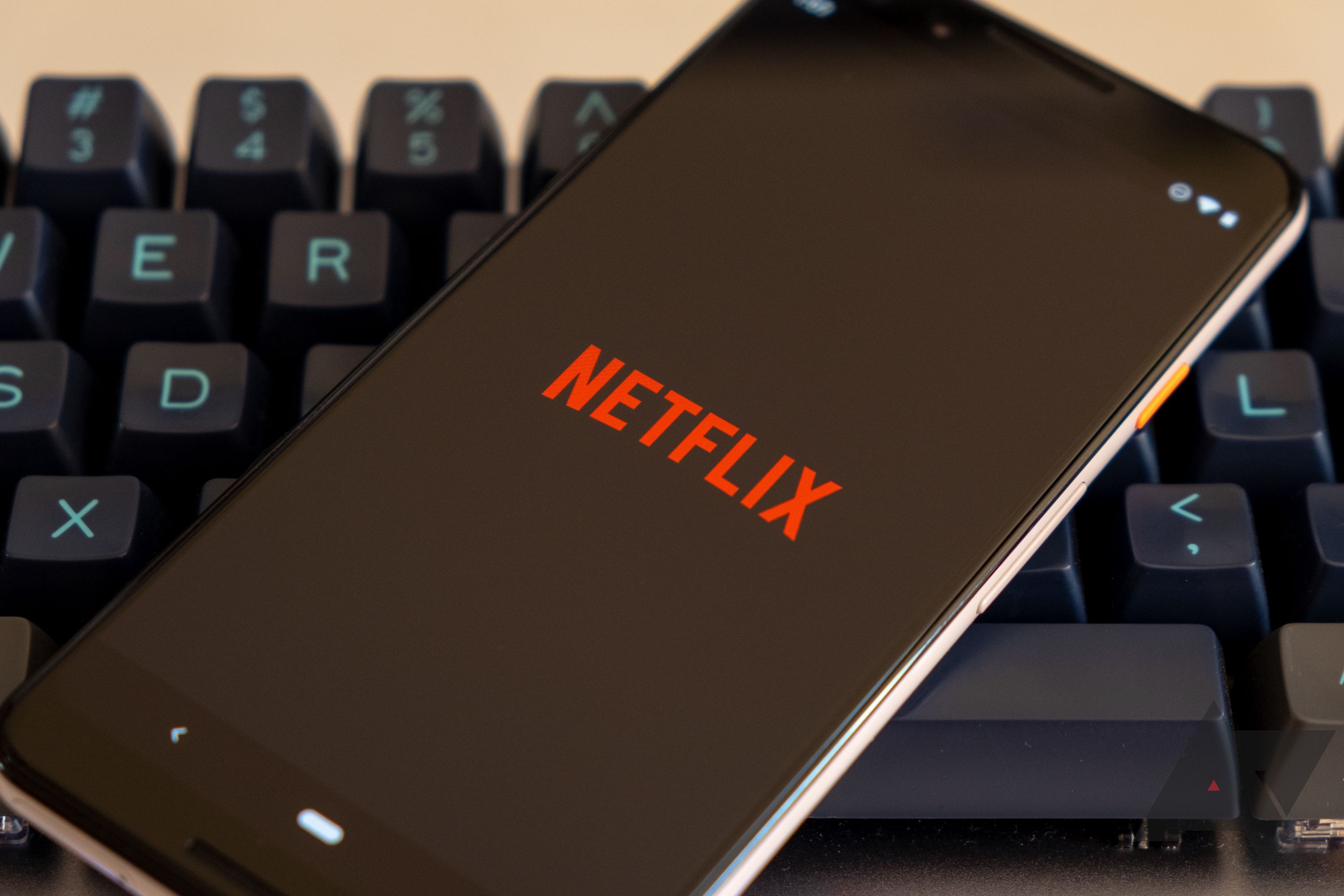
Netflix users are probably familiar with the "Smart Downloads" feature that allows your device to automatically pull down the latest episodes of shows you watch, just in case you end up with a hankering for some TNG or Great British Baking Show later when data is harder to come by. Supplementing this existing feature, we've spotted a new "Downloads For You" feature that expands that functionality to shows and movies you haven't watched yet. Paired with that, the Playback Specification diagnostics screen and in-app brightness controls are also rolling out more widely.
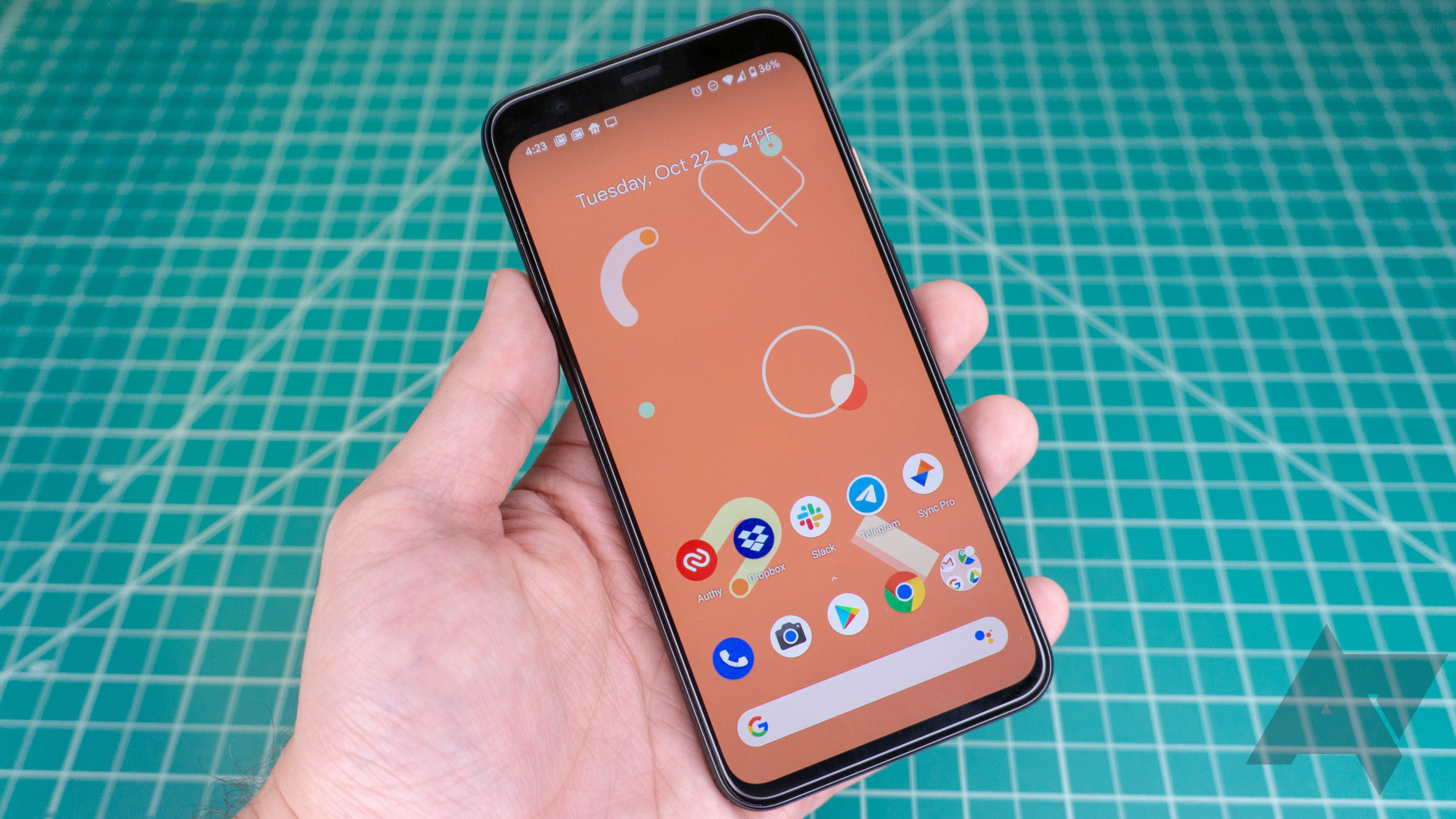
While we said in our review that the Pixel 4 and 4 XL's displays are perfectly usable outdoors, they're still not emitting as much light as many competing handsets. A hidden high brightness mode fixes this and substantially increases the Pixels' maximum brightness. Root access is required to activate it, though, and your battery life will most likely suffer.
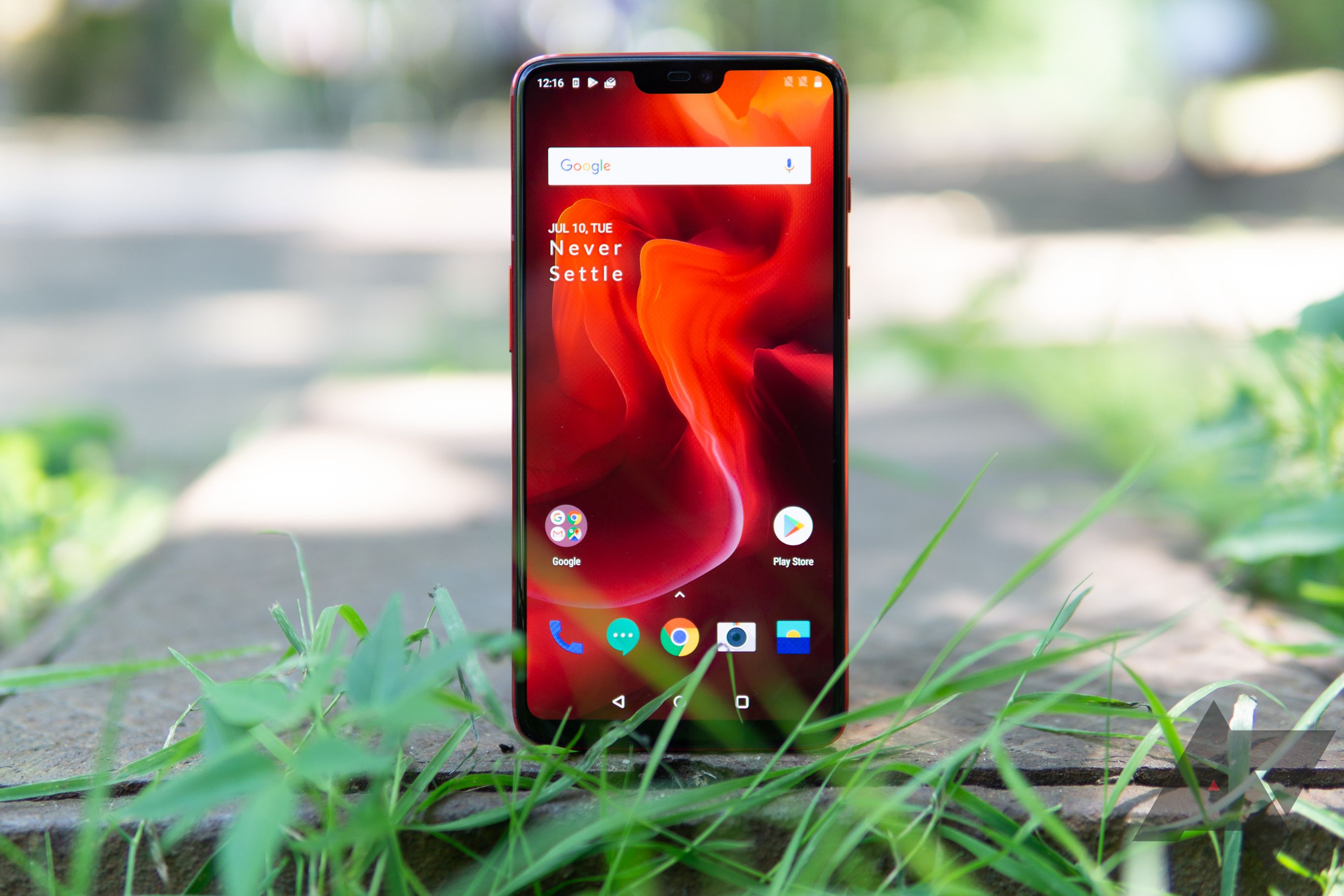
Read update
- According to OnePlus' weekly post, this particular issue is set to be fixed in the very next update for the OnePlus 6, which we are also guaranteed is coming soon.
In the last couple of weeks, I noticed my own OnePlus 6 was having a bit of trouble when I was outdoors. If I went to check missed messages or train schedules on a sunny day, I'd notice the display seemed to flicker spastically between two different brightness levels. I pushed it out of my mind, assuming I imagined it, but according to reports compiled together by the folks at PiunikaWeb, I'm not alone.
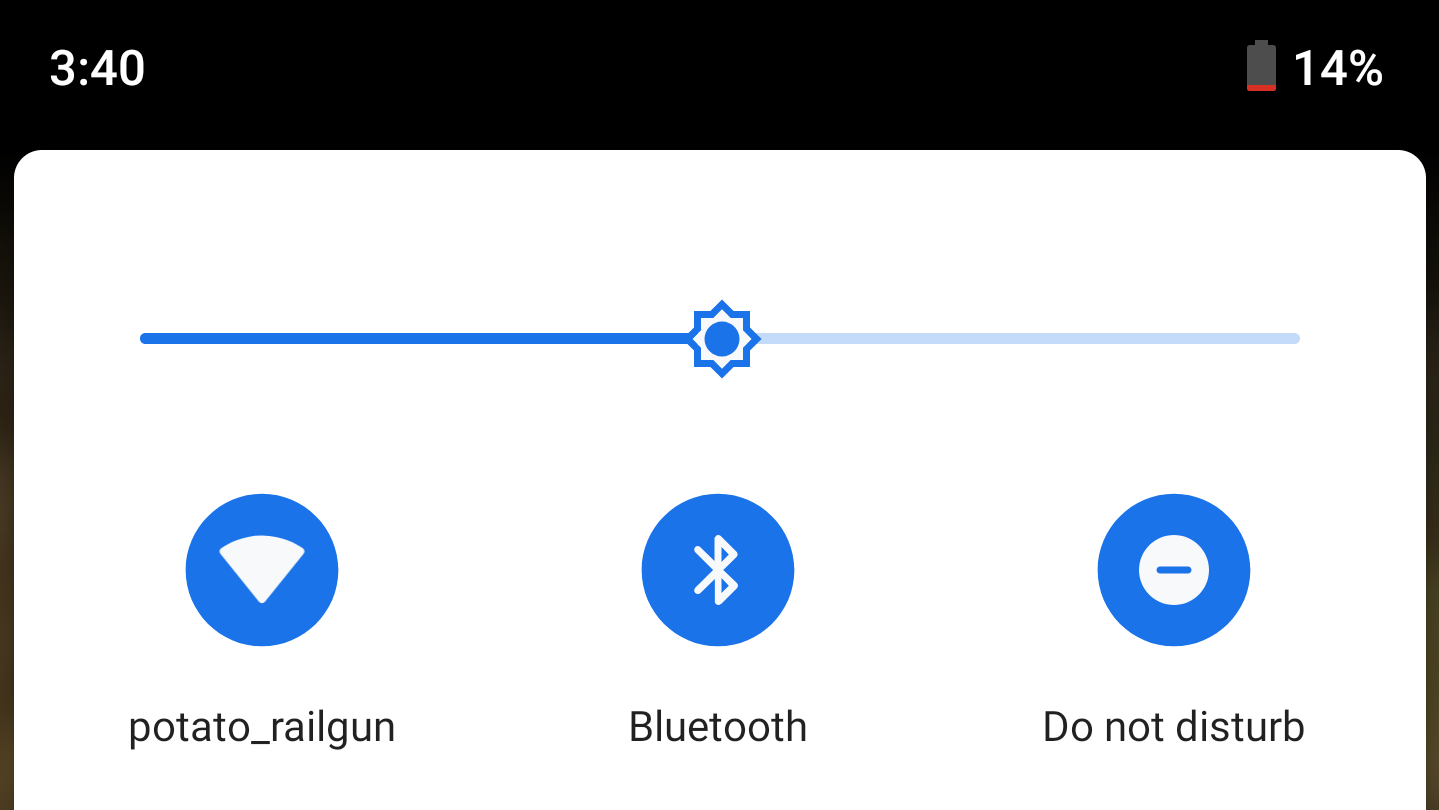
Android P has been making several changes to how it handles brightness, from a merely animated slider for adaptive changes, to the promise of machine learning-based improvements. And another new brightness-related tweak just trickled down in the recent Android P DP3/Beta 2 release yesterday: The slider now controls brightness on a logarithmic scale, rather than linear.
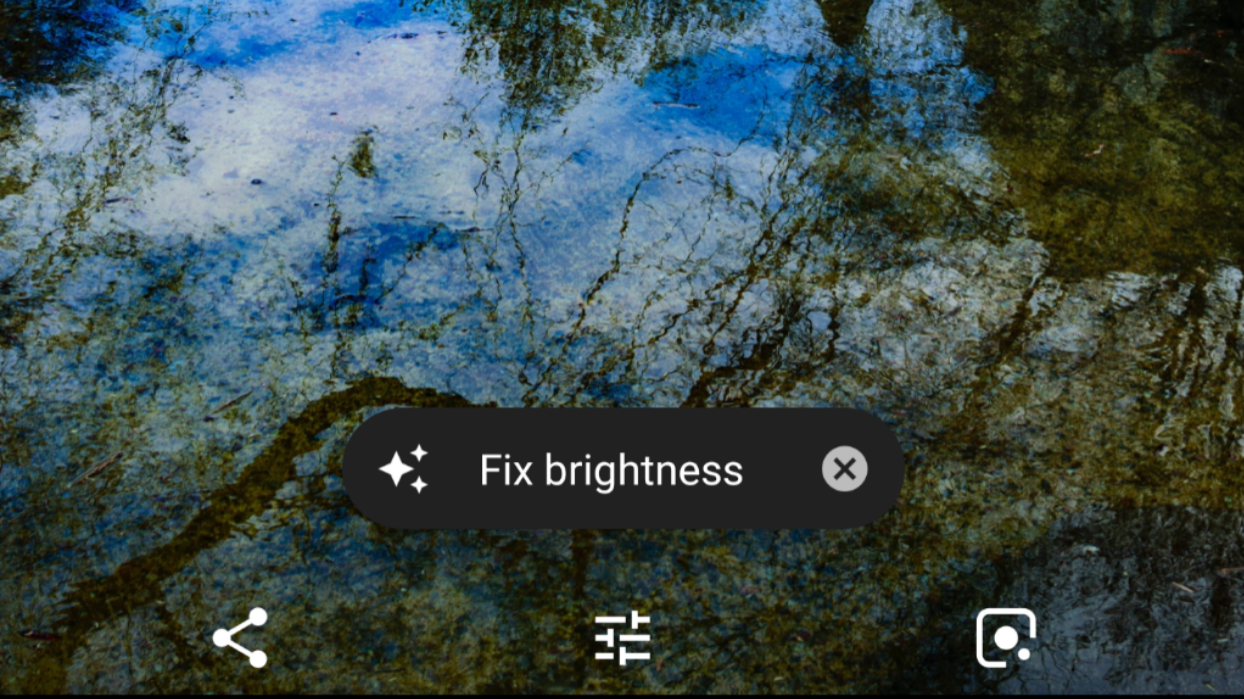
New prompts to automatically adjust brightness, rotate images, and archive screenshots and pictures of things like labels, menus, and receipts are popping up in the Google Photos app and web interface. We saw this coming in a Photos teardown earlier this month.

While new information keeps rolling out of Google I/O, some of the recently announced things are creeping out in various forms. After the keynote, we've been expecting some enhancements to Google Photos, and the latest update contains new text that makes it look pretty likely that we'll be getting them soon. There's also a subtle clue that may suggest we'll soon get to lock up some of our photos or albums and access them with a fingerprint.
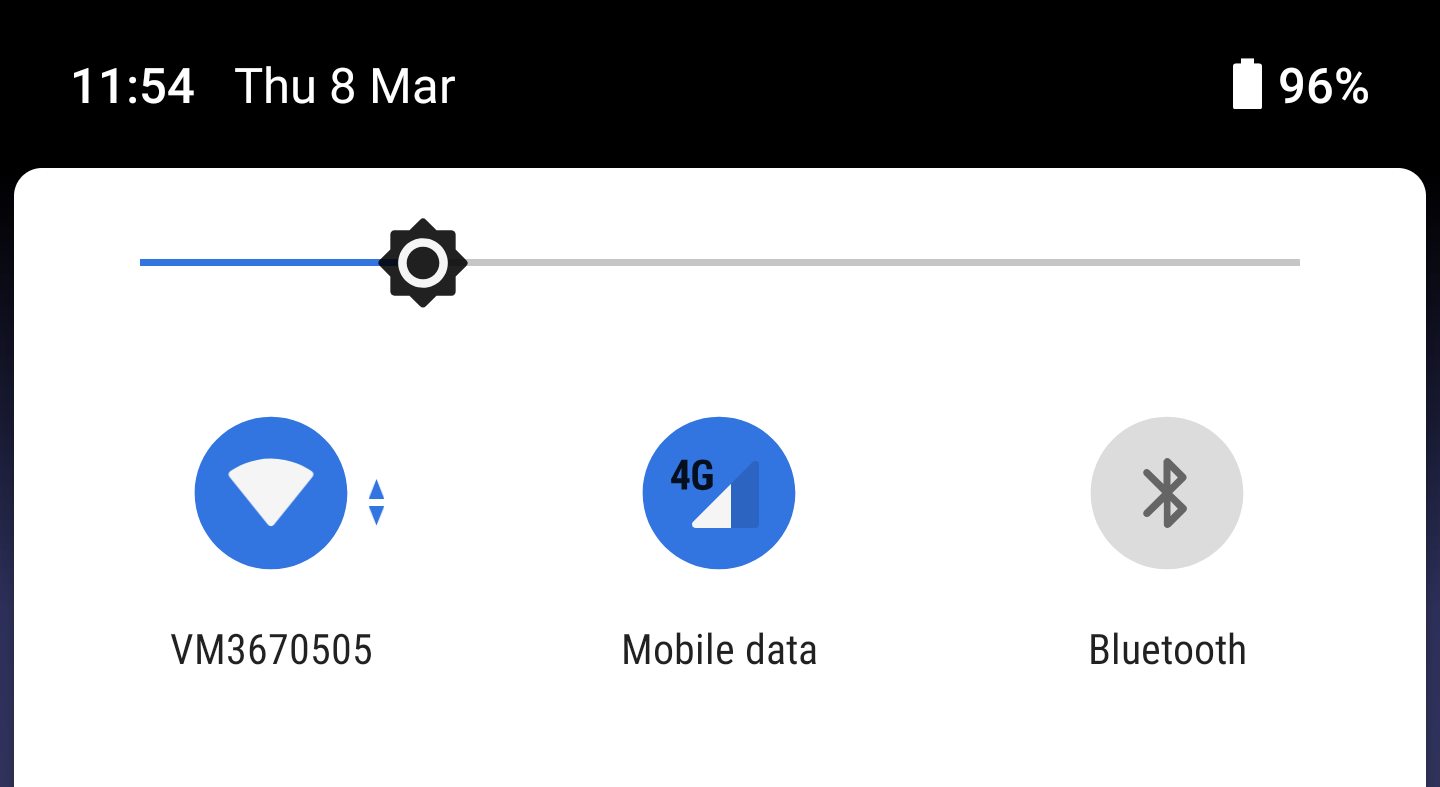
Adaptive brightness has long been a feature of Android smartphones. It uses an ambient light sensor, usually placed above the display, to measure the amount of light in the environment and change the brightness of the screen to best suit the conditions. It's often noticeable when changes occur, particularly right after you unlock your device, but now the quick settings brightness slider moves in tandem to further demonstrate this.
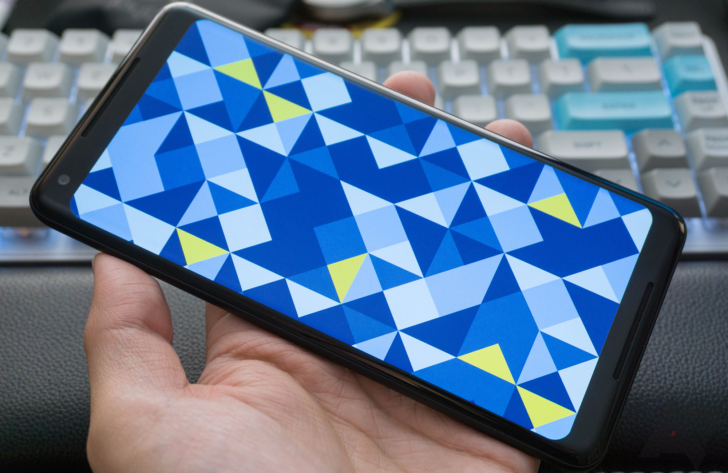
The numerous worries about the Pixel 2 XL's display were addressed by Google in late October, and the company is taking action now. The November update not only adds the promised saturated color mode to the Pixel 2 and 2 XL, but also a number of other minor tweaks, including a slightly lower maximum brightness for the Pixel 2 XL and fading soft keys for both the Pixel 2 and 2 XL.
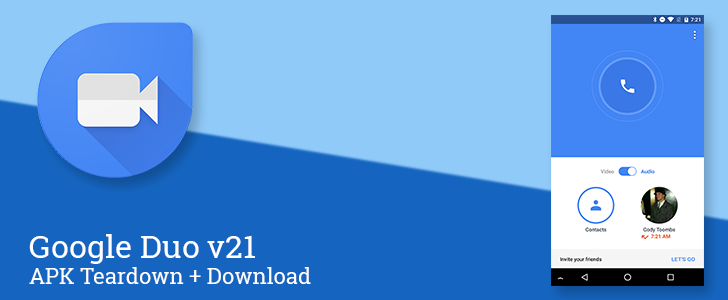
There's a new version of Duo rolling out today, but it doesn't bring any huge changes for users. However, a teardown shows that the developers are still plenty active as they work on some tools to experiment with camera effects, including new controls for adjusting brightness, contrast, and saturation. Also in this update are new details for a voicemail-like feature for sending voice and video messages outside of a call.

Most of the app updates this week were relatively quiet, with the notable exception of Play Music with its new ad-supported radio feature. That doesn't have to mean some of the updates don't have something new to offer. The Google app (formerly "Search") was bumped up to v4.8 yesterday, but it doesn't seem to have any noticeable changes right now. However, a look under the hood reveals some pretty interesting features on the horizon.

Volume control on Android can be kind of a pain to manage, as there's multiple volume settings that need to be managed, but it's not always obvious what settings you're adjusting when. Slider Widget simplifies this process by placing all five independent volume controls, as wells a brightness control setting, on your homescreen in one convenient widget.

Yesterday, a great thread titled Share One Awesome Tip or Trick You Do With Your Android Phone, I'll Start... popped up on Reddit, and thinking I would be already aware of all the little tricks, I almost ignored it. By the end of the day, seeing over 100 comments piqued my curiosity, so I checked it out.









